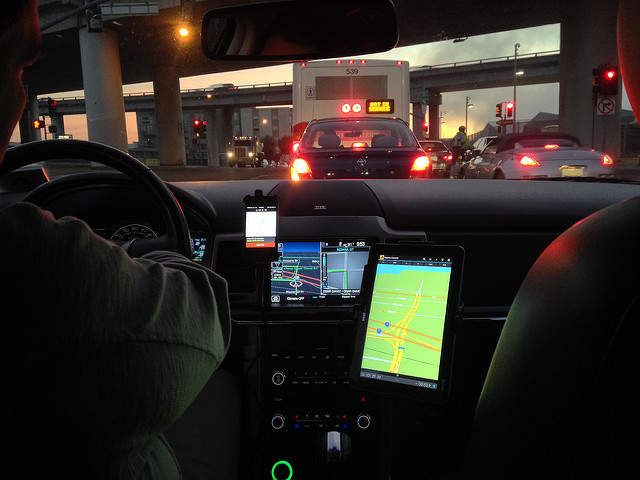
A new study by JP Morgan Chase & Co is the first to analyze financial transaction data from participants in the sharing economy. The data is crucial for understanding what some have called “the future of work” and the “fourth industrial revolution.” Here are some of the highlights:
The sharing economy is primarily used by the young and poor:
“Participation in labor platforms is highest precisely among those who experience the highest levels of income volatility – the young, the poor, and individuals living in the West.”
The sharing economy is composed of labor platforms and capital platforms:
“Labor platforms, such as Uber or TaskRabbit, connect customers with freelance or contingent workers who perform discrete projects or assignments. Capital platforms, such as eBay or Airbnb, connect customers with individuals who rent assets or sell goods peer-to-peer.”
Individuals choose to work on a labor platform when they are in between jobs or experience a decrease in pay at their current job:
“There is a negative correlation between labor platform earnings and changes in non-platform income. In other words, labor platform earnings were higher in months when participants experienced a dip in non-platform income. This further suggests that labor platform earnings were used as a substitute for non-platform earnings.”
It is easier to find labor jobs in the sharing economy:
“The Online Platform Economy also adds an important new element to existing labor markets, where finding new or additional work typically involves a lot of effort and high transaction costs. Simply put, landing a platform job is often easier and quicker. Likewise, individuals can, and do, generate additional income on labor platforms in a timely fashion when they experience a dip in regular earnings.”
The number of people participating in the sharing economy is growing:
“In September 2015, 1 percent of adults actively earned income from the Online Platform Economy. This monthly participation rate increased 10-fold over the three-year period. Cumulatively, more than 4 percent of adults received income from the platform economy over the three years. This cumulative participation rate increased 47-fold over the three years.”

